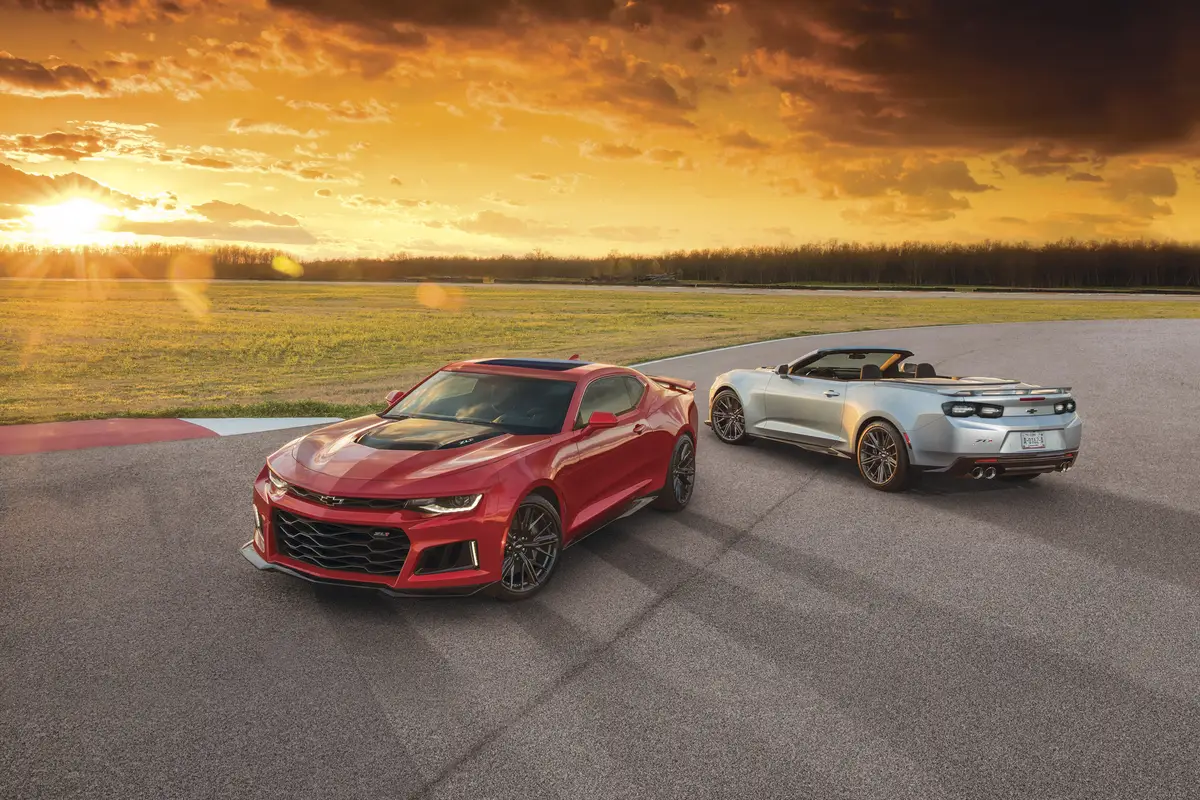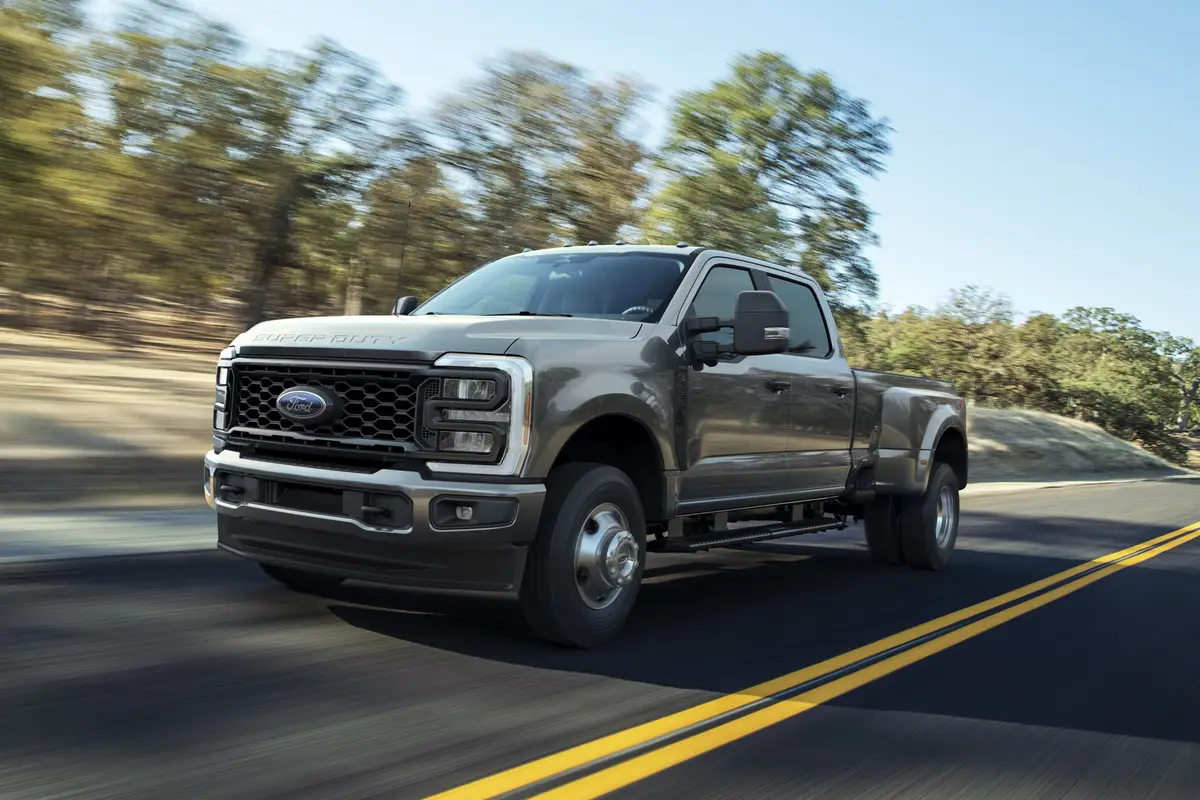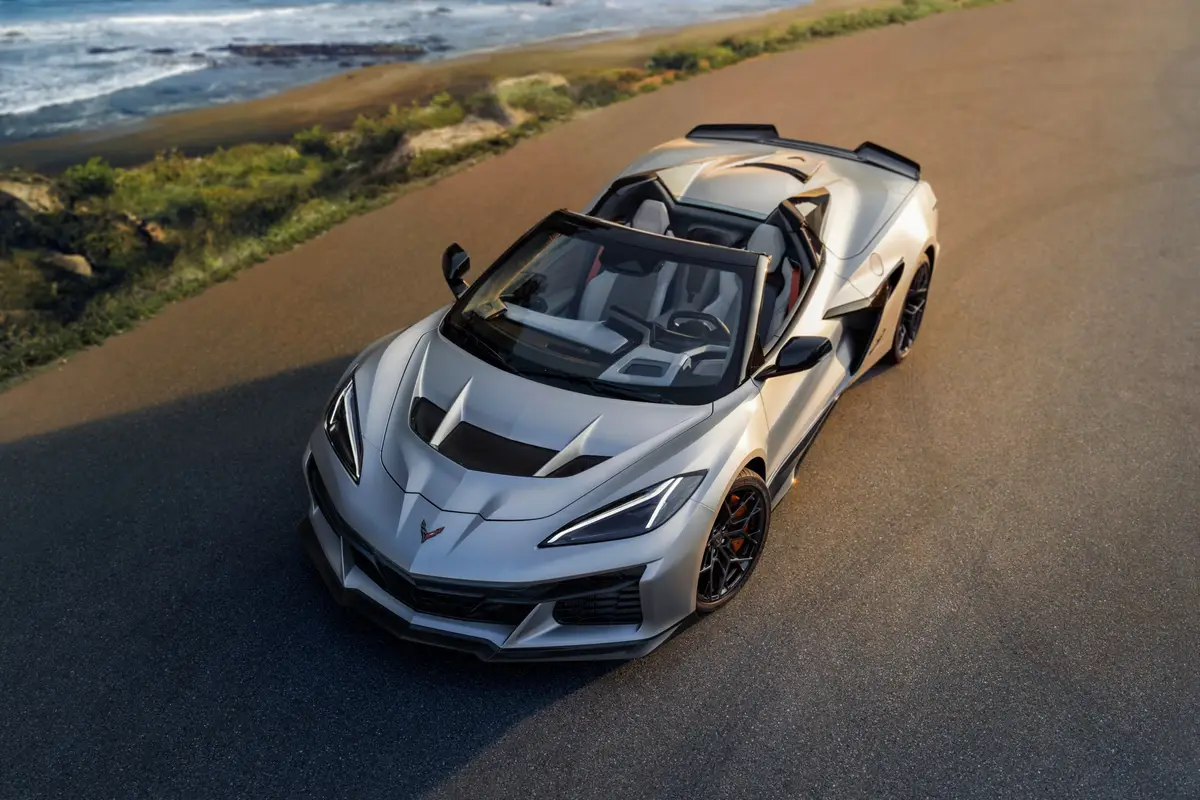washingtonpost.com's view
I’m a contrarian. It’s natural. It’s what happens when you’re born black and male in New Orleans. You grow up questioning authority and challenging conventional wisdom. It’s both a mode of survival and a disease. I have it bad. I’m addicted to argument.
Take the matter of big trucks. There are many journalists, especially in the eastern media, my Washington Post colleague Joel Achenbach among them, who find big trucks evil, stupid, wrong, an egregious insult to the environment. Joel said so last Sunday in a column, “Why We Keep on Truckin.’ “
It was typical East Coast media blubber on the matter of big trucks, the people who buy them, why and how they drive them. It was the kind of stuff written by journalists raised in cabs, transported on subways and deposited into a “walkable community” where minimum-wage guest workers truck in food to feed the community’s families or truck in mowers and garden equipment to tend to the community’s lawns.
But such anti-truck rhetoric is not what you’ll hear in the mining and farming towns of West Virginia, or in the ranching communities of Texas and Wyoming, or at the Covanta I-95 Energy/Resource Recovery Center, locally and vernacularly known as the Fairfax County dump, which is where I spent much of my time in the humongously powerful 2007 GMC Sierra 1500 Denali crew cab pickup.
The Sierra 1500 Denali is the kind of truck some media types love to hate, mostly because they’ve never driven or used one, and most certainly because they have no real idea of why people buy them or how they use them. So, to Joel and similarly benighted journalists and their fans, I’ll offer this review as a brief primer.
First, most of the people who will buy a truck such as the Sierra 1500 Denali don’t live in urban areas. Many of them are as allergic to cities as city dwellers are allergic to big trucks. In the rare event that you see something as large as a Sierra 1500 Denali tooling around the city, you can safely bet that the driver is going to a job. Or if he or she is all gussied up and carrying passengers, you can assume that the truck’s occupants are going out for a well-earned night on the town, or to a football or baseball stadium to party via tailgate and cheer on a local favorite.
That is how the Sierra 1500 Denali, the alpha pickup of the GMC Sierra line, is designed. The interior is maximum luxury — comfortable seating for up to six adults, leather covered-seats, wood-veneer accents, premium audio/video entertainment system, and enough electrical outlets and portals to handle laptops, wireless fax machines and MP3 players.
The exterior and underpinnings are all work — General Motors’s 6.2-liter, 403-horsepower Vortec V-8 capable of generating 417 foot-pounds of torque; rugged body-on-frame construction; a chassis, including a heavy-duty leaf-spring suspension, strong enough to tow a rig weighing 8,600 pounds; and a cargo bed that can be loaded with 1,618 pounds of stuff, such as all of the scrap lumber and metal my wife, Mary Anne, and I hauled in five weekend trips to the Fairfax dump.
The Sierra 1500 Denali is a double-duty pickup, now primarily bought by prosperous tradespeople. They are a niche market in much the same manner that Harvard University is a niche market for the nation’s educated elite. No one needs a Sierra 1500 Denali to do routine heavy hauling. No one needs to go to Harvard, Princeton or Yale to get a good education. But tens of thousands of high school seniors and their parents every year batter brains and banks in a desperate attempt to get into those schools.
Thus, anti-truck media types and their genteel fans should have no fear that models such as Sierra 1500 Denali, Sierra 3500HD or the Ford F350 will take over the world’s roads or consume the globe’s remaining fossil fuel resources. That won’t happen for the same reason most of the world’s students won’t go to Harvard or to Yale, or that most of their parents won’t move into mini-mansions, or into exclusive condominium developments. To wit: They can’t afford it. The Sierra 1500 Denali, for example, starts at $38,095.
But for those who can afford the big luxury GMC truck, I say hooray for them. It is one of the most complete haul-and-tow-mobiles available in North America. You can take it to the dump, drop your load and then take it to a party.
Why do we keep on trucking? It’s simple. We have a right to keep on trucking, just as we have a right to send our children to private versus state schools, just as we have a right to buy a Rolex instead of a Timex, or a five-bedroom house to shelter a family of four in a world where most people are lucky to have a two-bedroom house to shelter a family of five.
And we’ll keep on trucking until market forces tell us to do otherwise, as they currently are doing, pushing many trucking poseurs, those people who bought trucks more for show than go, out of the pickup truck market — as amply demonstrated by even a cursory reading of current vehicle sales reports published by the Automotive News Data Center.
Those consumers who remain in the truck market are true truckers, core buyers — people who need, use, understand and love pickup trucks and SUVs big and small. They are nobody’s fools. They know how to count. They run businesses. They are the reasons many of us eat, wear clothes, work in office buildings and live in grand communities, many of which are safely distant from anything that looks like mass transit.
And yeah, they and many of their children and siblings, who hail from America’s industrial and farming communities where pickup trucks rule, are the people fighting and dying in Iraq and Afghanistan.
Nuts & Bolts 2007 GMC Sierra 1500 Denali
Complaints: GM needs to make a bedliner standard equipment in the Sierra 1500 Denali. A sliding rear window, or a Chevrolet Avalanche-type rear-window access to the cargo bed, would be a good idea, too.
Head-turning quotient: Powerful, big, mighty, luxurious. Plays well in that part of America that dirties its hands for a living. Plays poorly in the nation’s intellectual and information centers.
Ride, acceleration and handling: The Denali rides and handles like the full-size work truck it is. But it moves fast for a pickup.
Body-style/layout: The Denali is a front-engine, rear-wheel-drive, full-size, luxury pickup truck with four side doors and a cargo bed extending 5 feet 8 inches. Construction is traditional body-on-frame.
Engine/transmission: The Denali comes with GM’s Vortec 6.2-liter V-8 that develops 403 horsepower at 5,700 revolutions per minute and 417 foot-pounds of torque at 4,300 rpm. The engine is mated to a heavy-duty, six-speed automatic transmission that also can be shifted manually.
Capacities: There is seating for five (for six in work crew Sierra models with front and rear bench seats). Maximum towing capacity is 8,600 pounds. Maximum payload, the weight of what can be carried onboard, is 1,618 pounds. Fuel capacity is 26 gallons. The label on gas-filler cap says “premium recommended.” Ignore it. This one runs well on regular unleaded.
Mileage: Carrying loads varying in weight from 500 to 825 pounds, we averaged 19 miles per gallon in five round trips (44 miles per) from our home in Arlington to the Fairfax dump in Lorton.
Safety: Standard equipment includes four-wheel antilock brakes, electronic stability control and head air bags. Traction control to help reduce wheel slippage on wet roads, and side air bags were not available at this writing.
Price: Base price for the tested 2007 GMC Sierra 1500 Denali is $38,095. Dealer’s invoice price on base model is $34,857. Price as tested is $45,648, including $6,653 in options (navigation with premium sound system, chrome aluminum wheels, rear-seat video entertainment system, power glass sunroof, cargo management system, heated steering wheel, rear collision proximity warning system) and a $900 destination charge. Dealer’s price as tested is $41,280. Prices sourced from GMC Trucks and http://www.edmunds.com.
Purse-strings note: There are less-expensive work trucks in the Sierra line and those of rivals. But this one is work plus play.
Latest news



